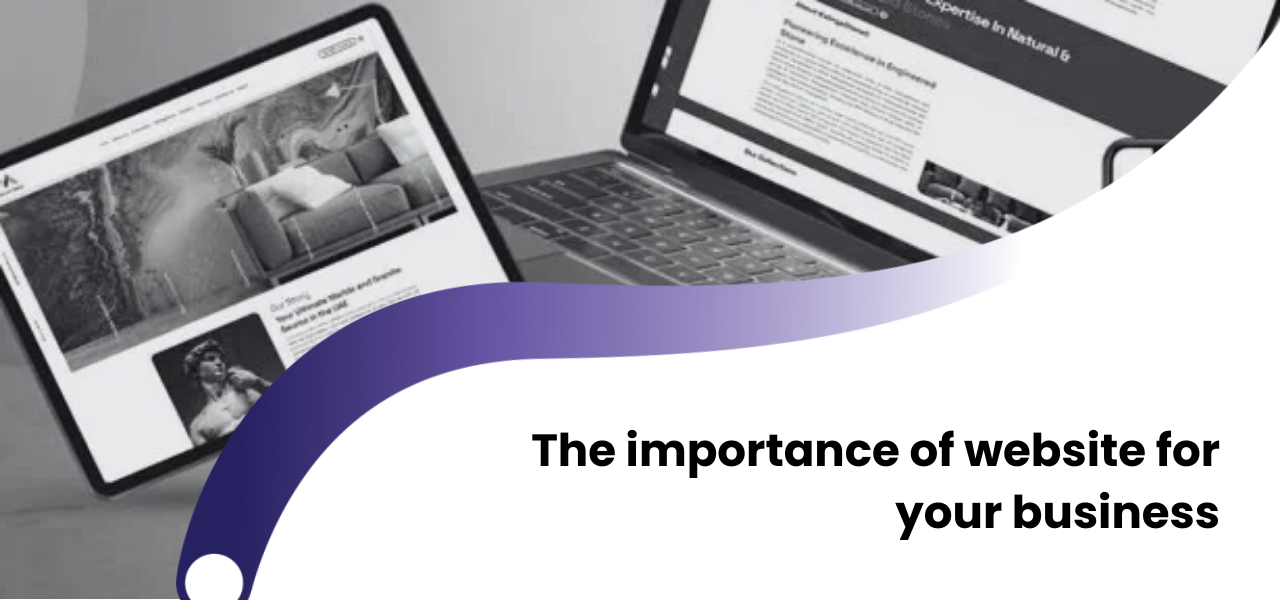First impressions matter everywhere. Imagine visiting a prestigious restaurant. The design is impressive, but the service is poor. Most likely, you won’t return.
The same logic applies to websites. If your site doesn’t create the desired impression, visitors will leave within seconds — often heading to your competitors.
In this article, we’ll explain what your website says about your business, which elements influence the first impression, and how to enhance your site’s ability to attract customers, based on Crocusoft’s experience.
Why Is the First Impression So Important for a Website?
In the digital age, your website is your 24/7 digital representative. Before a client visits your office or even knows you, they often check your website first.
Psychological fact: The human brain forms a first impression in 0.05 seconds. In that short time, your site’s look, colors, content, and structure must send a positive signal. Otherwise, the visitor will move on to another page.
Has Enough Attention Been Paid to the Design?
A professional-looking website builds trust. People assume that a company investing in design will treat its products and services with the same care.
Statistics: 60% of users leave a site within seconds if they don’t like its design.
Key design elements:
Readable fonts and easy-to-read text
Color palette aligned with brand identity
Highlighted core products and services
Minimal but impactful graphics
Clear icons and buttons
Tip: Design should be not only attractive but also guide the user. In the first 5 seconds, visitors should be able to answer: “What can I find here?”
Is Your Business’s Main Purpose Clear?
You have only a few seconds to explain your site’s main purpose. If the visitor doesn’t understand what you do, they will likely leave.
For example, on the adgo.az website developed by Crocusoft, it’s immediately clear that the main service is visa assistance, and the process steps are displayed right away.
Golden rules:
Headline: State what you do in one sentence
Description: Explain in 2–3 sentences
Call-to-Action (CTA): Buttons like “Learn More” or “Contact Us”
Content Quality and UX Design
Design grabs attention, but content keeps visitors on the site.
Text should be short and clear
Headlines should be engaging, with informative subtext
Icons, explainer videos, and infographics help users absorb information quickly
UX (User Experience) plays a key role here:
The menu should be easy to see
Visitors should reach any page within 2–3 clicks from the homepage
Aiming for Market Leadership
In a B2B model, visitors are often business representatives, not end consumers. In this case, your site should showcase not just information, but also your professionalism and technological advantages.
Mobile Responsiveness — A Must to Avoid Losing Customers
Most users access websites via mobile devices. If your site isn’t mobile-friendly, you risk losing potential clients.
Responsive design ensures that all elements (images, text, buttons) adjust to different screen sizes.
Tip: On mobile, place core content at the top of the screen so users don’t need to scroll too much.
SEO Optimization and Loading Speed
Even the best-designed website won’t be found if it isn’t SEO optimized.
SEO basics:
Use the right keywords
Optimize meta titles and descriptions
Add alt text to images
Ensure mobile compatibility
Also, page speed is crucial — slow-loading pages cause 53% of users to leave.
Trust Elements — Social Proof
People trust others’ experiences. Include elements that build credibility:
Customer testimonials and references
Partner and client logos
Awards and certifications
Project examples (portfolio)
Security and Technical Support
For sites handling payments or collecting data, SSL certificates and security measures are a must.
At Crocusoft, we offer technical support as well. During this time, any technical issues are resolved promptly. Later, updates and changes are implemented based on agreement.
Conclusion
Your website is not just a digital presence; it’s the main tool for shaping your business’s first impression.
A successful website:
Has great design
Communicates its purpose clearly
Is mobile-friendly
Is SEO optimized
Includes trust-building elements
Offers smooth navigation
Remember: A website that creates a strong first impression stays in the customer’s memory and converts into sales.
 +994512060920
+994512060920




